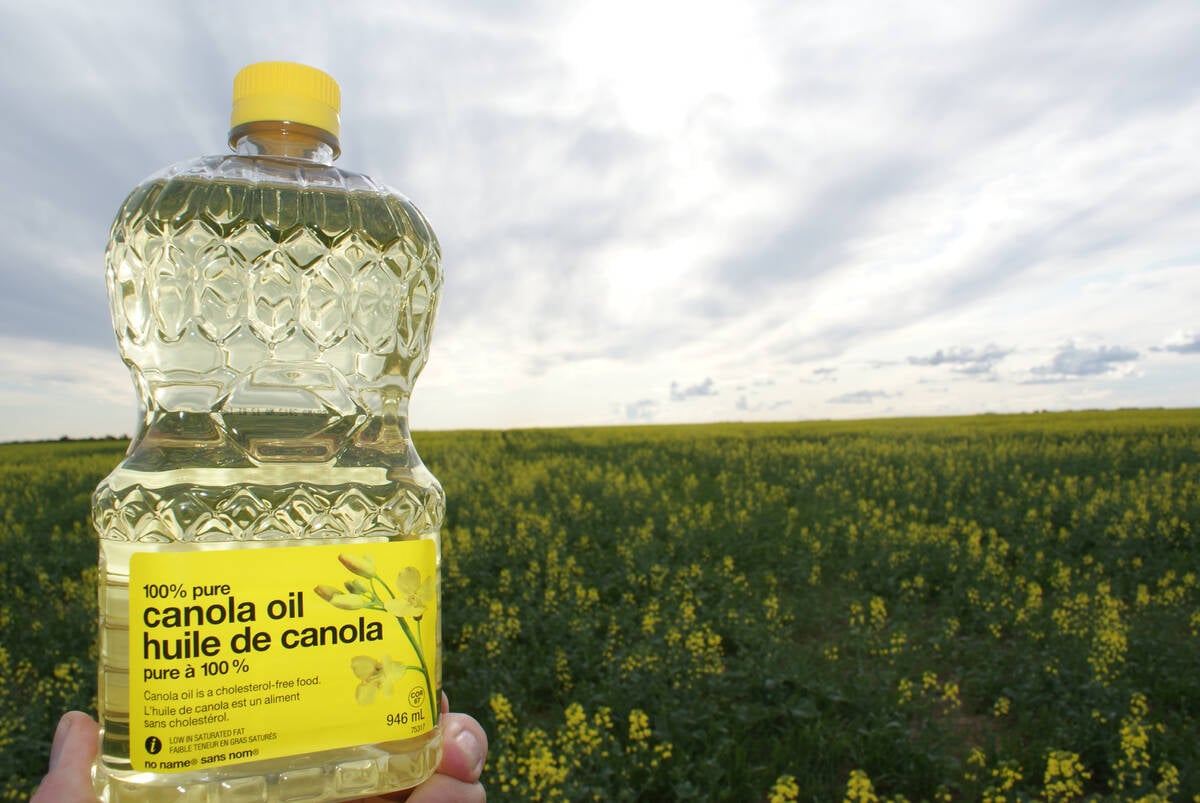How do you administer a program that pays farmers for preserving wetlands and woodlots? Turns out it might be simpler than you think.
Doug Wilcox, a manager with the Manitoba Agricultural Services Corporation (MASC), said his province’s ALUS pilot project was quick to catch on among producers and was easy to administer.![]()
MASC, which also runs Manitoba’s provincial crop insurance programs, handled the administrative aspects of Agricultural Land Use Services, including recruiting participants, processing applications, signing contracts, conducting inventories of on-farm ecological areas and issuing payments to eligible producers.
Read Also

Rising vegetable oil demand may offset bad biofuel news
Global biodiesel/renewable diesel production is expected to decline for the first time in a decade. Bad timing for a canola industry looking for new markets.
In 2007, MASC issued cheques worth nearly $300,000 to 155 participating landowners in the RM of Blanshard.
“Generally, I think everyone was happy with the program,” Wilcox said.
“We think the administration worked very well. We (MASC) already had a very strong field presence with our regional office and we also worked closely with the local conservation district in terms of signing up producers (and assessing the producers’ ecological resources). I think producers felt the whole process worked out pretty well.”
According to Wilcox, all producers in the RM of Blanshard were invited to participate in the program, and those who signed up could choose the type of ecological services they wanted to provide.
Payments ranged from $5 per acre for managed grazing up to $25 per acre for the protection of ecologically sensitive areas using perennial groundcover.
Eligible areas under the program included wetlands, riparian areas, natural areas such as grasslands and woodlands and ecologically sensitive areas that are prone to severe water or wind erosion, flooding, salinity, runoff or leaching.
A full list of services and rates of compensation are available at www.kap.mb.ca/alus.htm by clicking on the links to “Fact Sheets.”
To get an accurate inventory of a producer’s land, MASC used high-resolution aerial photographs of each quarter section and then worked with the local conservation authority, which used Global Information Systems technology to obtain exact measurements of each piece of land registered in the program.
“We partnered with the people that had the GIS expertise and the local knowledge, so it worked out well,” Wilcox said. “For every quarter section registered, we knew how many acres of wetlands they had, how many acres of riparian area they had, how many acres of grasslands and so on.”
At the end of each year, the ecological resources would be reassessed to ensure they hadn’t been altered, cultivated or reduced in size. In some cases, ground audits were conducted to ensure that proper management practices had been followed.
Some audits, for example, found that seasonal grazing restrictions had been ignored, but Wilcox said the audits also found few if any decreases in the size of protected areas.
“That’s the main thing that the audits caught, was not so much changes in (the size) of managed areas but more the use of management practices that were not allowed.”
Wilcox said administrative costs were kept to a minimum because MASC had much of the infra-structure in place.
He also received inquiries from other provinces and organizations that wanted information about the program and MASC’s administrative strategy.
“From a government perspective, I think some saw it as fairly pricey to pay producers for providing ecological services that a lot of producers would largely provide anyway,” Wilcox said.
“But that’s the whole idea behind the program, is to recognize the fact that farmers are providing a ecological service that they previously weren’t being compensated for.
“Hopefully, that will help to passively deter them from ripping up wetlands and other sensitive areas a few years down the road.”















